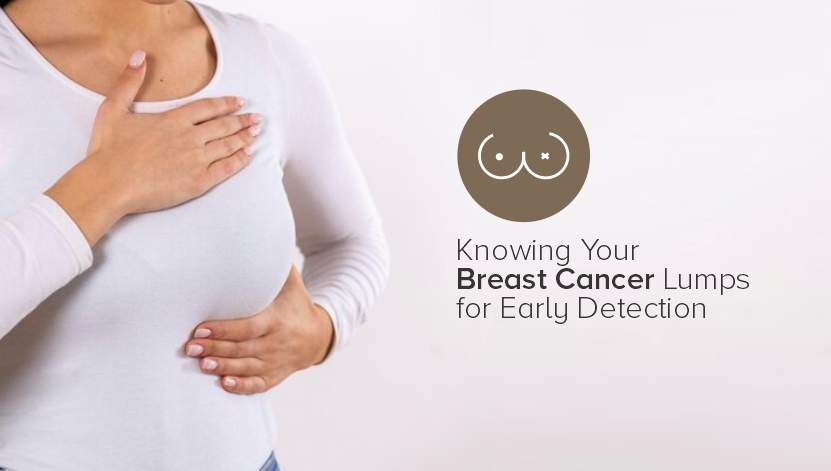Breast cancer is a common cancer affecting women worldwide, and early detection is key to effective treatment. One way to achieve early detection is by doing a breast self-examination regularly, and it is essential to know the different types of breast cancer lumps that may occur.
